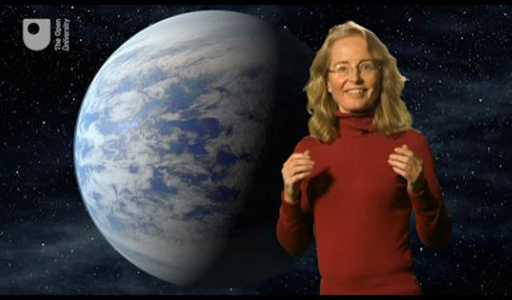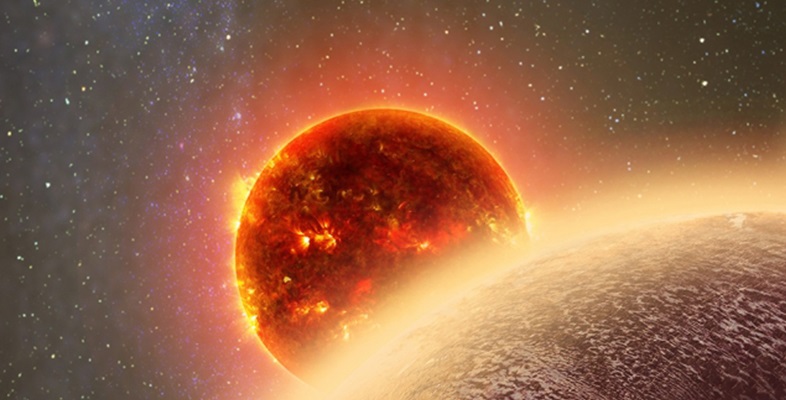Week 7: The Special Ones
Introduction
Last week, you learned what we’ve been able to learn from large exoplanet surveys like Kepler, and how we’ve been able to use our findings to understand the likely population of planets in the Milky Way. You also looked at the Drake equation and efforts to find nearby habitable worlds. This week, you’re going to focus on a few special exoplanets that have been studied in detail. You’ll learn how astronomers are using some pretty nifty science to discover what planets that can’t even be seen are like.
Start by watching the following video with Carole Haswell.

Transcript
By the end of this week, you will be able to:
- have a qualitative appreciation of how transmission spectroscopy tells us which atoms and molecules are present in exoplanet atmospheres
- appreciate why astronomers can get better measurements when an object is nearby
- recognise the importance of:
- HD 189733 b, HD 209458 b and WASP-12 b
- GJ 1214 b and GJ 1132 b
- Kepler-1520 b
- the TRAPPIST-1 system.
